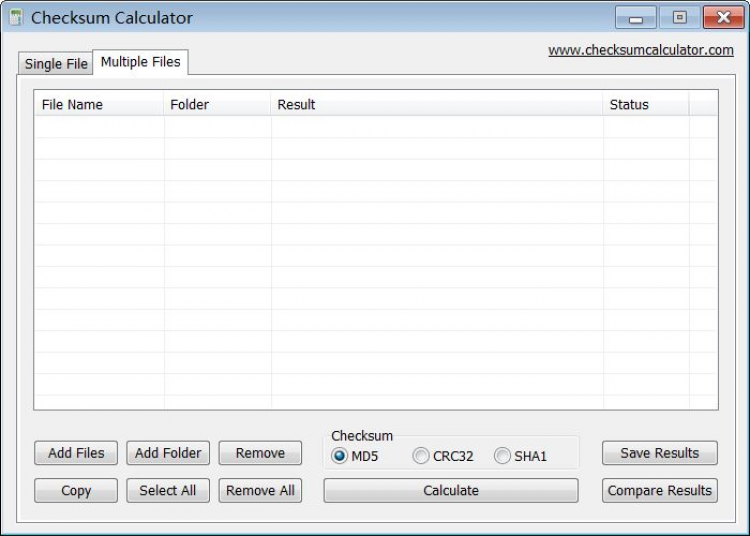

Based on the original EEG alone, the researchers were unlikely to get “specific sensory and complex cognitive information” about the subject. Although electroencephalography has been found for more than a hundred years, in earlier studies, because the brain's thoughts, minds, and other activities typically produced signals with much lower amplitude than the EEG, most of the signals were submerged in spontaneous potentials. In 1924, Hans published the first paper on scalp signal which can trace to EEG. ĮEG was first discovered by Richard in 1875 while studying the brains of exposed rabbits. This class is also known as brain-computer interface (BCI), in which the human brain controls the corresponding system. The difference between this system and traditional computerized control systems is that it is based directly on the human brain, using electroencephalogram (EEG) as the basis for data analysis. In recent years, a control system based on related concepts such as human mind, thought, and consciousness has developed rapidly. The experimental results demonstrated that our algorithm can optimize EEG data, so that with the same or even lower delay and without changing the encapsulate algorithm of the module itself, it can significantly improve the performance of attention data, greatly improve the stability and accuracy of data, and achieve better results in practical applications. Considering that the data output of the TGAM encapsulate algorithm fluctuates greatly, the delay is high and the accuracy is low. This paper proposes an attention optimization algorithm based on the TGAM for EEG data feedback. However, due to the limited development cost, the effectiveness of the algorithm to calculate data is not satisfactory. Among them, the TGAM (ThinkGear Asic Module) and its encapsulate algorithm have been adopted by many research teams and faculty members around the world. Since the 21st century, noninvasive brain-computer interface (BCI) has developed rapidly, and brain-computer devices have gradually moved from the laboratory to the mass market.


 0 kommentar(er)
0 kommentar(er)
